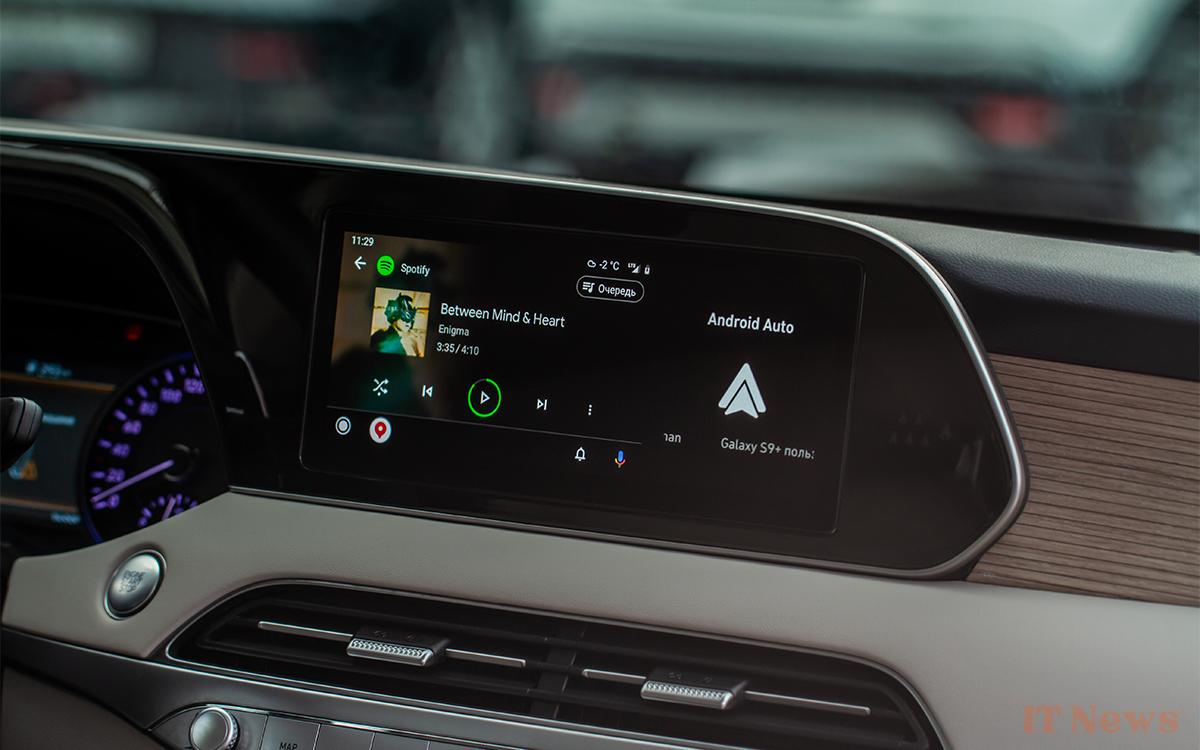Android Auto has reached a new milestone and continues to gain traction in cars around the world. Behind this impressive growth, Google is rolling out changes that are much more concrete than they seem. Interface, entertainment, AI... everything is evolving, smoothly but surely.
In-car systems have become essential in modern cars. Navigation, calls, messages, and music now run through platforms like Android Auto, which are installed as standard or accessible via smartphone. More and more manufacturers are adopting this system, to the point where it's becoming difficult to find a model without compatibility. This success is largely based on its ease of use, its stability, but also on the fact that it integrates directly into the Android ecosystem, already well established in the daily lives of millions of users.
Google has just announced that more than 250 million vehicles worldwide now use Android Auto, compared to 200 million last year. This impressive figure confirms the massive adoption of the service, which is establishing itself as a standard in automotive infotainment. More than 50 models are also compatible with Android Automotive, an even more integrated version. This allows access to the company's services without needing to connect your phone, for smooth, native, and always-connected operation. This dual ecosystem, Auto and Automotive, allows the company to cover both recent vehicles and those compatible via smartphone.
Android Auto is now in more than 250 million cars
To support this growth, Google continues to optimize the interface of its system. The latest adjustments concern the multimedia playback buttons, now larger and placed on the left of the screen, for better accessibility while driving. This type of change, seemingly minor, is actually crucial in an environment where concentration must remain at its maximum. In-car games are also evolving: they no longer occupy the entire screen, which allows navigation keys and access to applications to always be visible, without complex gestures or unnecessary manipulation.
These changes may seem discreet, but they respond to a real need: to simplify use by reducing distractions. Ergonomics is essential in the car, and Google knows it. Even the details count when it comes to comfort or safety. At the same time, Gemini is preparing to join Android Auto in the coming months. Its arrival could mark a turning point in the way we interact with our vehicles, paving the way for more natural voice assistance, more contextual and available at all times.




0 Comments